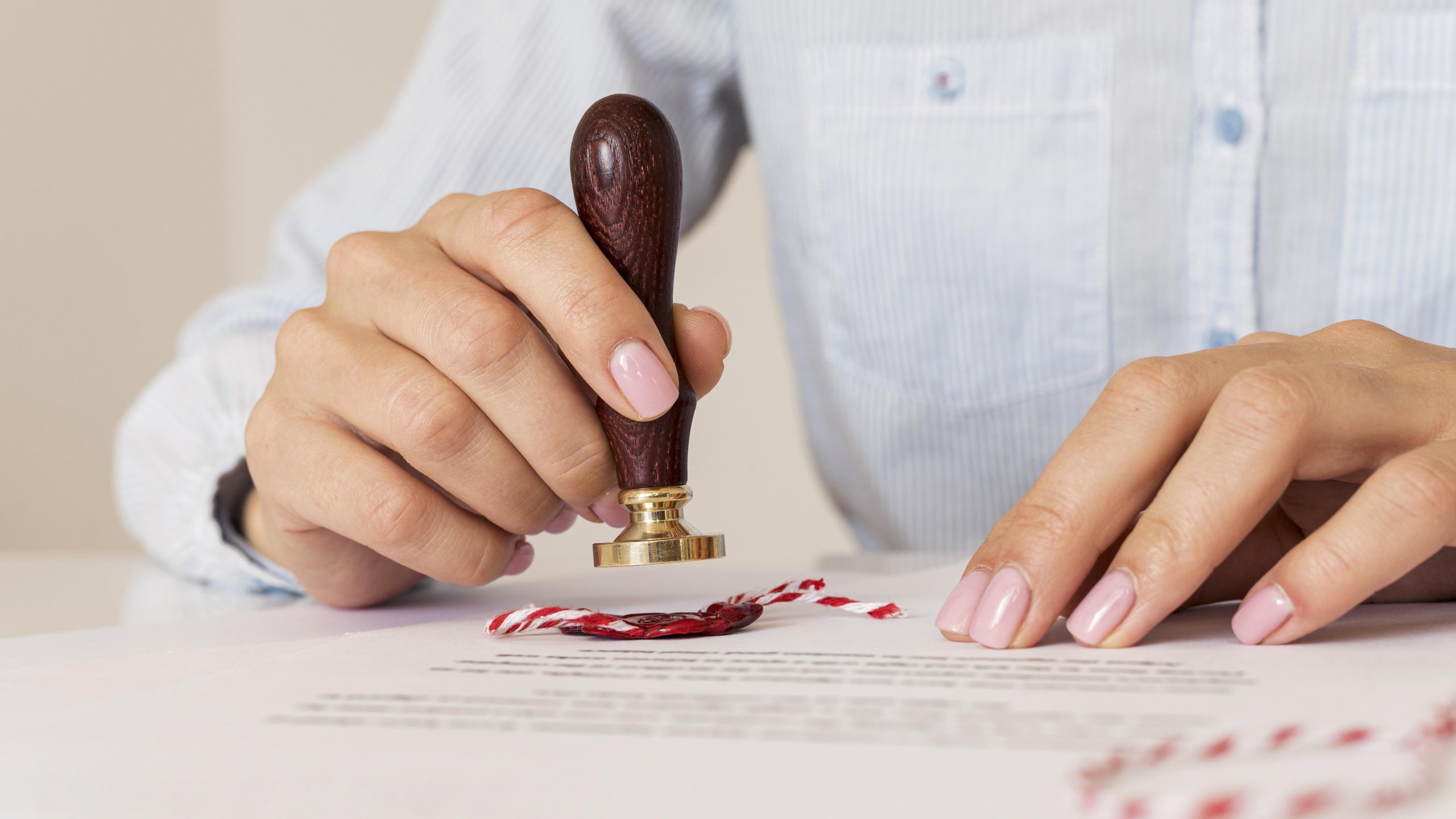Trademark registration is a crucial process for protecting your intellectual property rights and distinguishing your products or services from those of others. In Colombia, this process is overseen by the Superintendence of Industry and Commerce (SIC), ensuring that your trademark is legally recognized and protected. Below, we answer the most frequently asked questions on this topic to give you a clear and comprehensive understanding.
1. What is trademark registration?
Trademark registration is a legal procedure through which a business is granted the exclusive right to use a particular name, logo, or symbol to identify its products or services in the market. This process ensures that your trademark is protected against unauthorized use by third parties.
2. Why is trademark registration important?
Trademark registration is essential for protecting your corporate identity and avoiding potential legal disputes. By registering your trademark, you gain exclusive rights to its use within your industry, helping you build a strong reputation and establish a competitive advantage in the market.
3. What are the requirements for registering a trademark?
To register a trademark in Colombia with the SIC, you must meet certain requirements, which include submitting a formal application, paying the applicable fees, and proving that your trademark is distinctive and does not infringe on the rights of third parties.
4. What is the trademark registration process with the SIC?
The trademark registration process with the SIC involves several stages, including submission of the application, substantive and formal examination by the authority, publication of the trademark in the Industrial Property Gazette, and finally, issuance of the registration certificate.
5. How long does the registration process take?
The time required for trademark registration can vary, but on average, it takes between 6 and 18 months from the date the application is submitted until the registration certificate is issued.
6. What is the cost of trademark registration?
The cost of registering a trademark can vary depending on several factors, such as whether you are a micro-entrepreneur, the number of classes under which the trademark is registered, and professional fees if you choose to hire an intellectual property attorney.
7. What are the benefits of registering a trademark?
Registering your trademark provides several benefits, including legal protection against unauthorized use by third parties, exclusive rights to use your trademark within your industry, and the ability to take legal action against infringers.
8. What happens if I don’t register my trademark?
If you don’t register your trademark, you are exposed to risks such as unfair competition, unauthorized use by others, and the loss of your intellectual property rights. In addition, registering your trademark provides a strong foundation for growing your business and building a strong brand.
9. How can I renew my trademark registration?
In Colombia, trademark registration is valid for 10 years and can be renewed indefinitely. To maintain your rights, you must renew the registration before it expires. You can apply for renewal up to 6 months before the expiration date.
10. Can I transfer ownership of my trademark?
Yes, you can transfer ownership of your trademark to another person or company through a process known as an assignment of rights. This requires formalizing an assignment contract and filing the transfer request with the SIC.
Remember to contact R&H Legal Services—we can assist you in drafting the assignment contract and ensuring that your rights are fully respected.
11. How can I protect my trademark against infringement?
To protect your trademark against infringement, it’s important to continuously monitor the market for potential violations and take immediate legal action if you detect any unauthorized use of your trademark by third parties.
Conclusion:
Trademark registration in Colombia is a crucial step for protecting your intellectual property rights and building a strong, recognizable brand in the market.
We hope this guide has clarified your most frequent questions about the process and encourages you to take the necessary steps to protect your trademark and your business.

